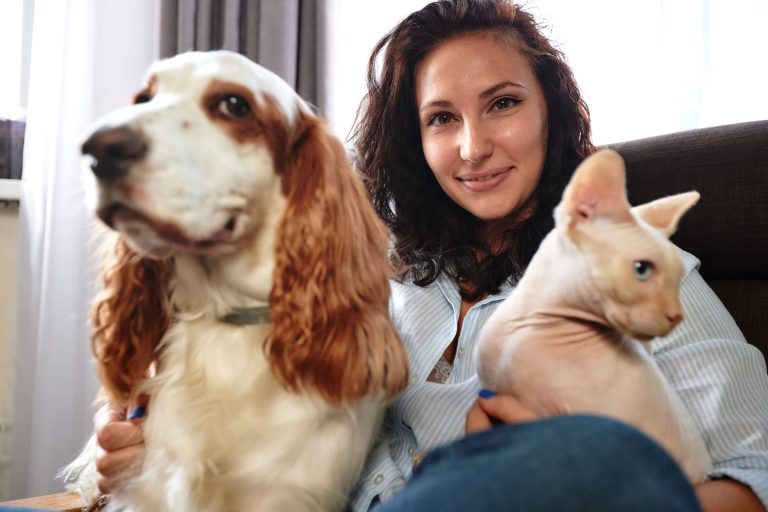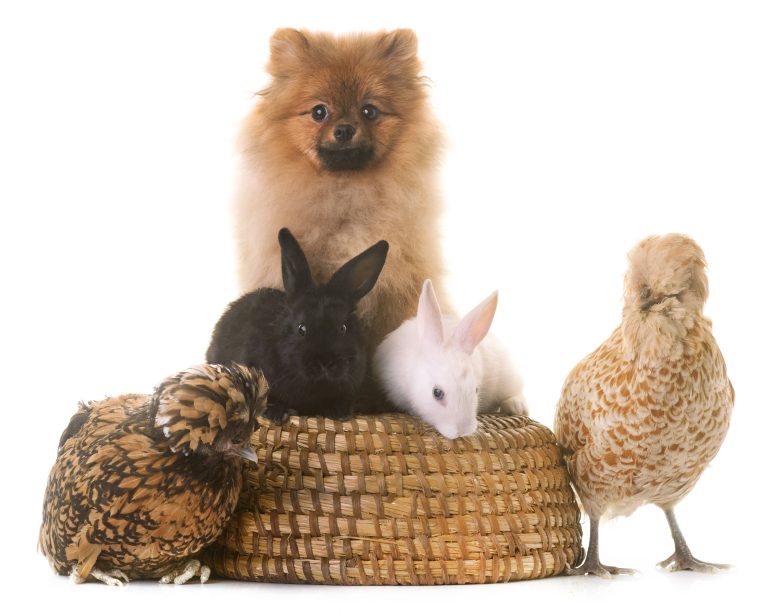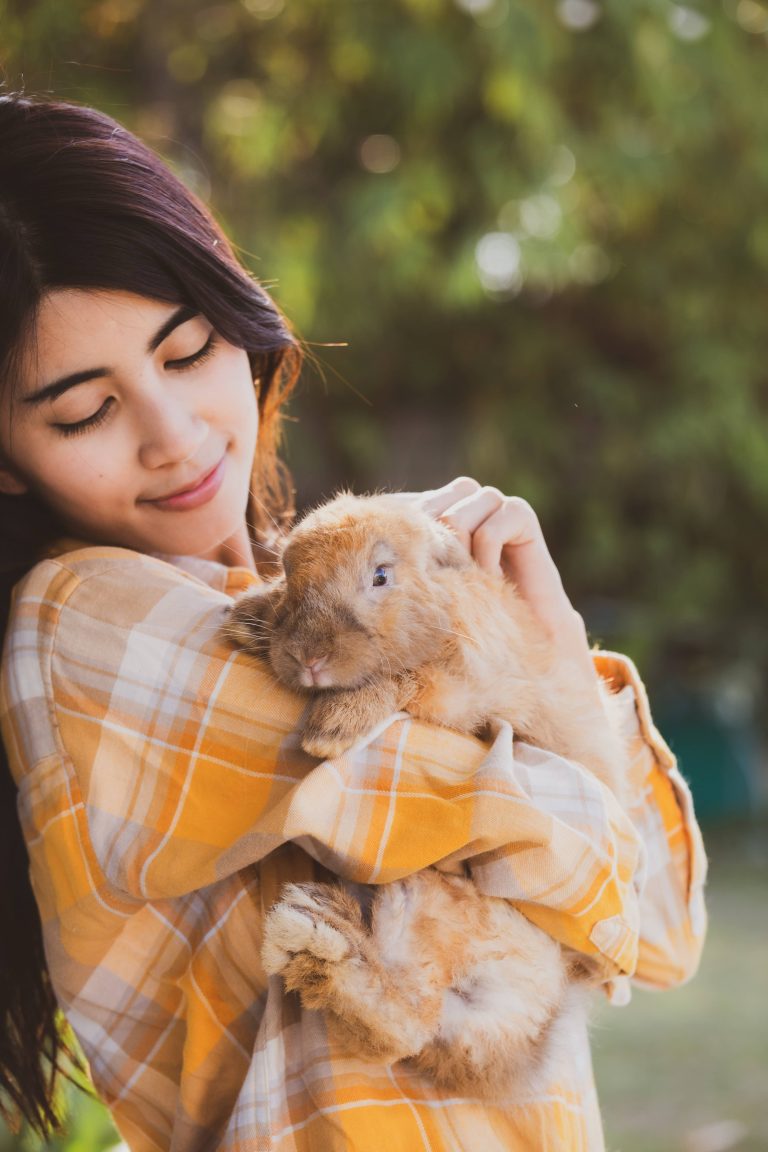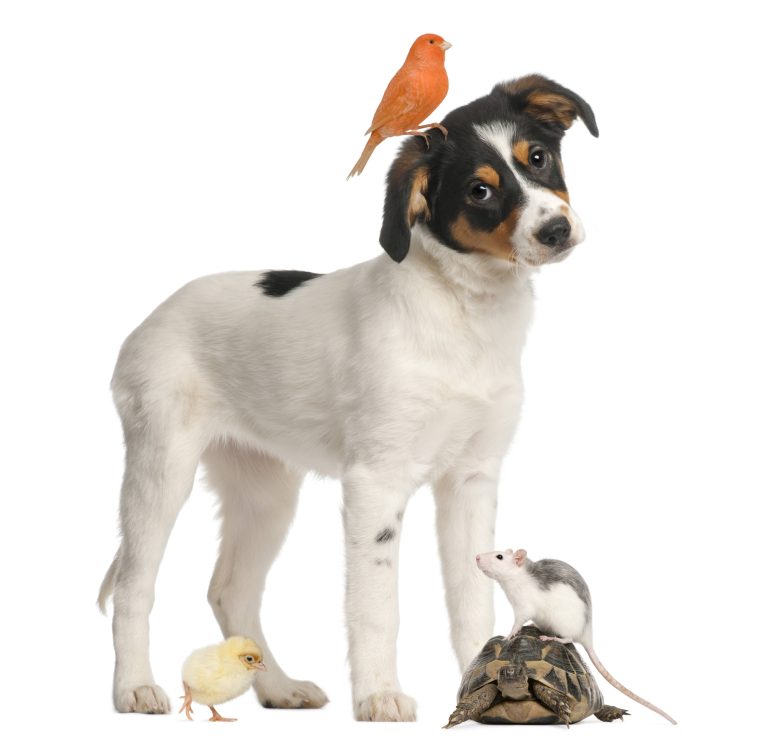Examining the Potential for Bonding Between Exotic Pets and Humans
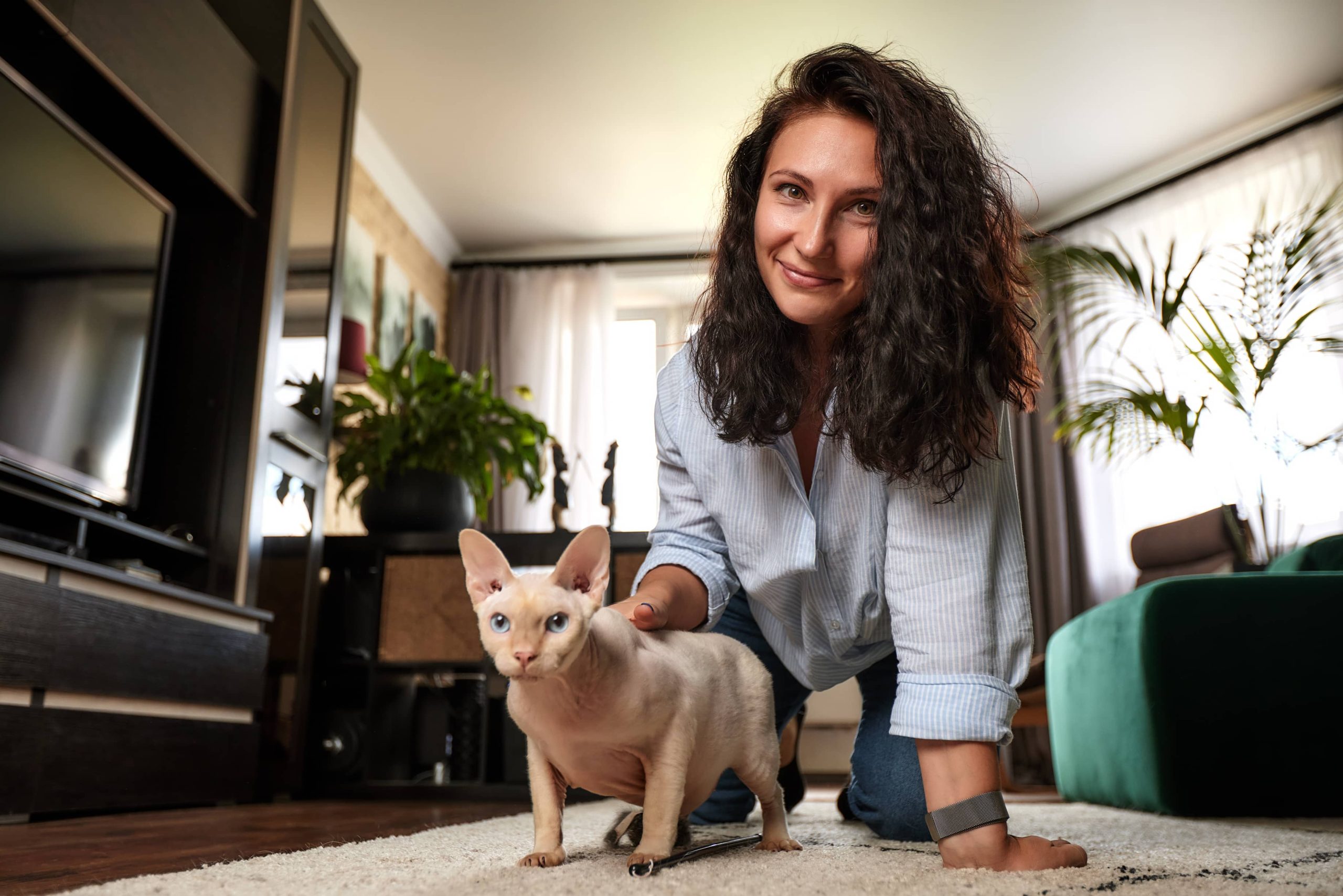
When we think about pets, our minds typically gravitate towards the standard feline and canine companions that have graced our homes for generations. However, a fascinating world exists beyond these common pets—a world of exotic and uncommon animals that are increasingly capturing the interest of animal lovers. But as we embark on the journey of opening our homes to these unique creatures, an essential question arises: Can we form genuine, emotional bonds with exotic pets? In this blog post, we will delve deep into the intricacies of building relationships with exotic pets and unlock the potential for bonding between them and their human caregivers.
The Basic Concept of Bonding
Bonding, at its core, involves an emotional connection where both parties recognize and respond to each other’s presence, needs, and cues. With traditional pets like dogs and cats, this has been extensively studied and documented. They possess social structures and a level of intelligence that facilitate human-animal bonds. But what about exotic pets whose social structures are different, or whose behaviors might not be immediately understood by us?
Understanding Exotic Pets
The term “exotic pets” encompasses a vast array of animals—from reptiles like snakes and iguanas to birds like parrots, and mammals like ferrets and sugar gliders. Each species comes with its unique biology, behavior, and needs. Understanding these characteristics is the first step towards forming a bond, as it allows us to cater to their specific requirements and recognize behaviors indicative of bonding.
Parrots and Birds
Parrots are often at the top of the list when one thinks of bonding with an exotic pet. These highly intelligent birds are capable of mimicking human speech and can exhibit deep levels of attachment. They recognize individuals, respond to their names, and can even exhibit jealousy if their favorite human shows affection to someone else. Regular interaction, mental stimulation through toys and puzzles, and positive reinforcement are key in fostering bonds with birds. Ensuring a parrot feels safe and loved can result in strong, lifelong companionship.
Reptiles: Snakes and Lizards
Contrary to popular belief, reptiles can also form bonds with their human caretakers. Although they don’t exhibit affection in the way mammals do, their behavioral cues can indicate comfort and trust. For instance, a snake accustomed to its owner’s touch may slither around their hand calmly, and a bearded dragon might recognize and show preference for their human caretaker. Creating optimal living conditions, handling them with care, and establishing routines are crucial in bonding with reptiles.
Small Mammals: Ferrets and Sugar Gliders
Ferrets and sugar gliders are incredibly social and can form deep bonds with their human companions. Ferrets are known for their playful and curious nature. Regular playtime, interactive toys, and gentle handling can foster mutual trust and affection. Similarly, sugar gliders form tight-knit bonds through regular interaction and handling, and using pouches or bonding bags that mimic their natural nesting behaviors.
Steps to Foster Bonding
1. Research and Education:
Thoroughly research your chosen exotic pet. Understanding their natural habitat, social behaviors, and dietary needs is essential. Educating yourself sets a foundation for a strong, healthy relationship.
2. Creating a Safe and Stimulating Environment:
Ensure your pet’s living conditions mimic their natural habitat as closely as possible. Whether it’s the right temperature for your reptile or the right cage setup for your bird, a comfortable environment promotes well-being and bonding.
3. Positive Reinforcement:
Use treats and positive interactions to reinforce good behavior. This is particularly effective with birds and small mammals, who are highly responsive to positive stimuli.
4. Routine and Consistency:
Establishing routines helps your pet anticipate and understand interactions with you. Consistency in handling, feeding, and playtime builds trust over time.
5. Patience and Understanding:
Bonding with exotic pets requires patience. Understand that each pet has its own timeline and comfort level. Observing and respecting their cues and boundaries is key.
Challenges in Bonding with Exotic Pets
Bonding with exotic pets comes with unique challenges. Many exotic animals have not been domesticated for as long as traditional pets and might have inherent wild instincts. Additionally, their non-verbal communication can be hard to interpret initially. It’s crucial to be mindful of these challenges and approach bonding with realistic expectations and empathy.
Creating a bond with an exotic pet is a rewarding and enriching experience that requires dedication, patience, and a deep understanding of one’s specific pet. These creatures, despite their differences from more common pets, have the potential to form unique and profound relationships with their caregivers. As exotic pet enthusiasts, it is our responsibility to honor their individuality and contribute to their well-being through informed and compassionate care. Whether it’s the melodic mimicry of a parrot, the calm slither of an appreciating snake, or the curious antics of a ferret, forming a bond with an exotic pet opens up a world of fascinating and fulfilling connections.
In a world teeming with diverse life, these untraditional pets remind us of the broader spectrum of companionship and the beauty of understanding and connecting with the exotic and the uncommon.
